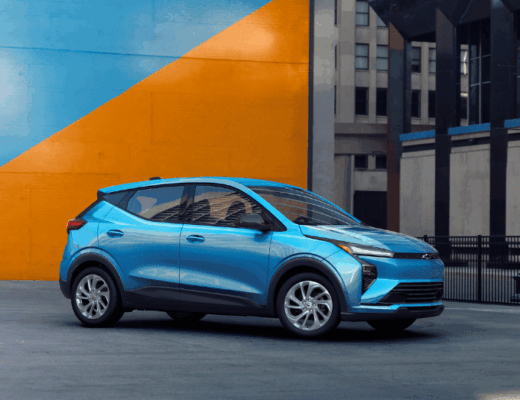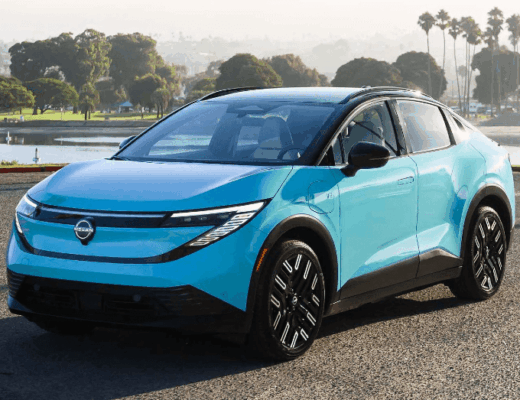Uber intends to reach a carbon-neutral standing by the end of the decade through its focus on the EV movement. How Is this even possible?
This ride-hailing and food delivery giant has taken over many city streets by offering affordable rides as an alternative to public transportation. Unfortunately, this alternative creates more congestion, emissions, and drivers on the road. In some cities where Uber operates, taxi services weren’t available, and this ride-hailing company created a de facto taxi service in the area. Will this company and others be able to get their drivers to move toward EVs? Let’s explore.
Going Back to the Beginning
Most of us might not think of Uber as being around for very long. If you were told that this company had been in operation since 2010, you might be surprised. The very first Uber ride was via one service. That service offered a large black luxury car that could pick you up and take you to your destination. This was a cool alternative to renting a limousine for the night. If this was the limitation of Uber, we might not have the conversation in front of us right now.
The Ride-Haling Begins
Why does Uber need to promote an EV movement? Since this company began offering the ride-hailing service in 2015, they have put more drivers on the road. Initially, Uber and other ride-hailing companies were viewed as the replacement for old, dirty, and ugly yellow taxis. Some of these companies were commended for creating a way to reduce air and carbon pollution through their new services. Unfortunately, that has changed. Today, the number of Uber and Lyft drivers on the road creates more congestion on the roads and uses more drivers and their cars to deliver goods and people to their destinations than ever before.
Uber Isn’t The Only Company to Blame
Between consumers that don’t want to go to the store to added services and new delivery apps, there are more ways than ever before to get items from a store to your home without ever leaving the house than ever before. The traditional delivery methods of the USPS, UPS, and Fedex are being supplemented by these ride-hailing and delivery apps. Uber isn’t the only company to blame; you can add Lyft, Doordash, Grubhub, Spark, Shipt, Instacart, and several others to this list to create the added congestion and emissions we see today.
What’s the Solution?
The solution to the added emissions that Uber drivers put out into the atmosphere is to get these drivers to select more efficient vehicles. The best solution is to have Uber drivers embrace the EV movement, but that might be extremely difficult. Some drivers are full-time operators and might not be able to afford an EV because of the low wages paid by these ride-hailing services. Other drivers might only drive a few days a week and won’t find the cost of an EV to be a benefit to their household budget.
How Much of an Impact Would an EV Uber Make?
When a typical driver changes from a gas-powered vehicle to driving an EV, there is an emissions savings, but it’s rather insignificant compared to what could happen for Uber and Lyft drivers. These drivers, especially those that spend their entire day driving, would reduce the emissions impact by 3.5 times what they expel into the atmosphere in their gas-powered vehicles. The emissions savings is something that can’t be argued, but most EV models are still considered a luxury in the market, and many are too expensive for any company to expect drivers to make the switch.
Uber Makes a Financial Commitment to EVs
Uber is supporting the EV movement with an $800 million investment to make them more accessible, but it seems to be an unusual investment. While the goal to be carbon-neutral in the United States, Europe, and Canada by 2030 is an admirable goal, it could be much more difficult to get drivers to change to these carbon-zero EVs than expected. This company has never had a reported profit on an annual basis. This makes us wonder why a company without profits would attempt to put so much money toward a goal that seems out of reach.
California is the Ideal Place to Begin
California laws regarding emissions standards are much stricter than any other in the nation. Transportation is the largest source of emissions in the state and nearly 30% of the total carbon emissions in the entire country. California law mandates that by 2030 ride-hailing services must drive using EVs. In fact, the law is so strict that 90% of the vehicle miles for Lyft, Uber, and other ride-hailing services must be done in EVs. This is a good place to begin, and it will give Uber a game plan for the rest of the country.
The Type of Car Question is a Tough One
If Uber wants to promote the EV movement and require drivers to use only EVs for their services, they are in a tough position. While this might work well in California, where the state government backs EVs, it will be more difficult in other places. Uber doesn’t have the cash to buy all drivers an EV to use for the services, and some drivers don’t drive for many hours each day. If Uber were to buy EVs for all drivers, they would lose the flexibility that makes working for this company attractive for some drivers.
Of course, Uber could simply require that all drivers use an EV, or they won’t be able to drive for this company. Unfortunately, this is an even worse solution than the company purchasing EVs for drivers to use. Most drivers would simply switch to another company that doesn’t require them to drive electric vehicles, and that would push Uber down the list. Some drivers already operate for various companies to deliver food and products and drive people around. It wouldn’t be difficult for drivers to simply delete Uber and continue to drive their gas-powered cars.
Right now, it doesn’t seem that Uber has the solution to transition using the EV movement for its drivers. A new business model might be necessary, or some serious incentives for drivers that switch to EVs.
This post may contain affiliate links. Meaning a commission is given should you decide to make a purchase through these links, at no cost to you. All products shown are researched and tested to give an accurate review for you.




